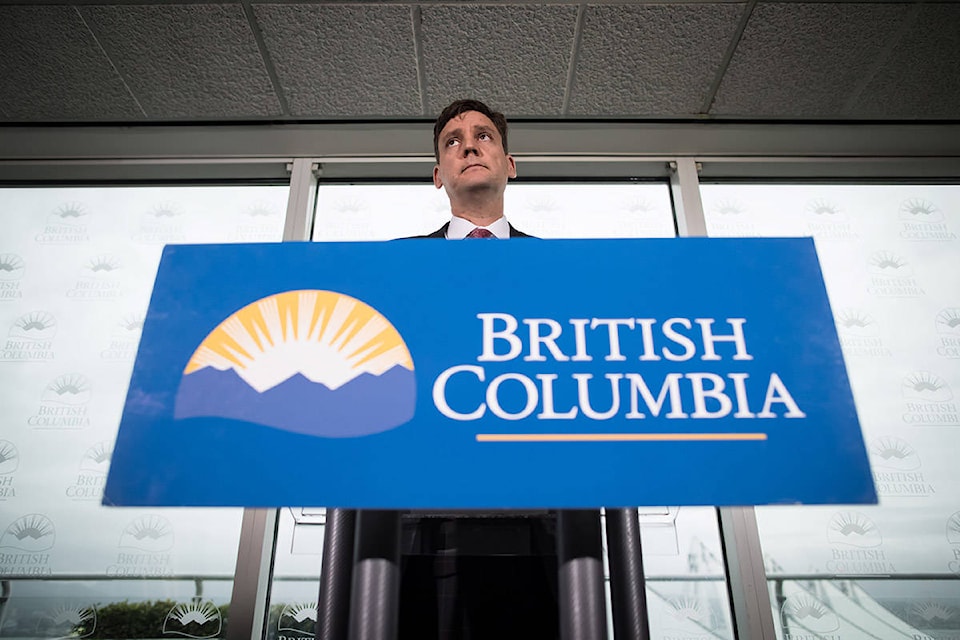B.C. children returning to school this month have restricted access to their cellphones.
In late August, Premier David Eby was in Vancouver to announce a “bell-to-bell” ban of cellphones. Education Minister Rachna Singh and Attorney-General Niki Sharma joined him.
Eby said the restrictions aim to create a distraction-free learning environment and will apply to students inside and outside of classrooms during school hours, adding the ban responds to research that shows the harmful effects of cellphones on socialization, literacy and mental health by way of material accessible online.
“We know that beyond the impact of socialization, kids having access to apps with algorithms that feed them constantly more enticing, more extreme content has an impact on their health,” Eby said.
He added that both teachers and parents are grateful for the change, claiming that some had wanted the change to come sooner.
91ԭ�� school superintendent Mal Gill confirmed the local district has developed guidelines it has posted to its relating to use of any personal digital devices.
“Schools will be implementing and communicating this information to students in age-appropriate ways in these first few weeks of school,” Gill explained.
“We encourage families to review this and have conversations with their child about these expectations and guidelines as they are an extension of the district’s student code of conduct,” added the superintendent.
The district offered a brief summary of the restrictions:
• Students in elementary and middle school will not be able to use their personal digital devices during the school day.
This includes non-instructional time (recess, lunch, breaks) and instructional time, unless permitted by staff for instructional purposes.
These students are encouraged to leave their devices at home, in their backpacks, or lockers.
• There is more flexibility in the use of devices for students in secondary school.
During hours of instruction, personal electronic devices must be turned off and stored away in pockets, backpacks, or lockers, unless otherwise instructed by school staff for educational purposes. These students can use their personal devices before school, at lunch, and after school.
In explaining the guidelines, Gill said the local policies aim to address potential distractions in the classroom, ensure equitable access to learning resources for all students, allow for accommodations for students with diverse abilities who may require devices to support their learning, as well as foster digital citizenship.
“Administrators, teachers, and staff will work collaboratively with students and families to set the tone and culture of the use of technology in the classroom,” Gill said.
“There is an understanding that we live in a world where cellphones are widely used daily by people of all ages, including students. As educators, our role is to help students embrace technology, mitigate potential negative impacts devices may have on children and youth, and support learning.”
– with files from Wolf Depner, Black Press Media
